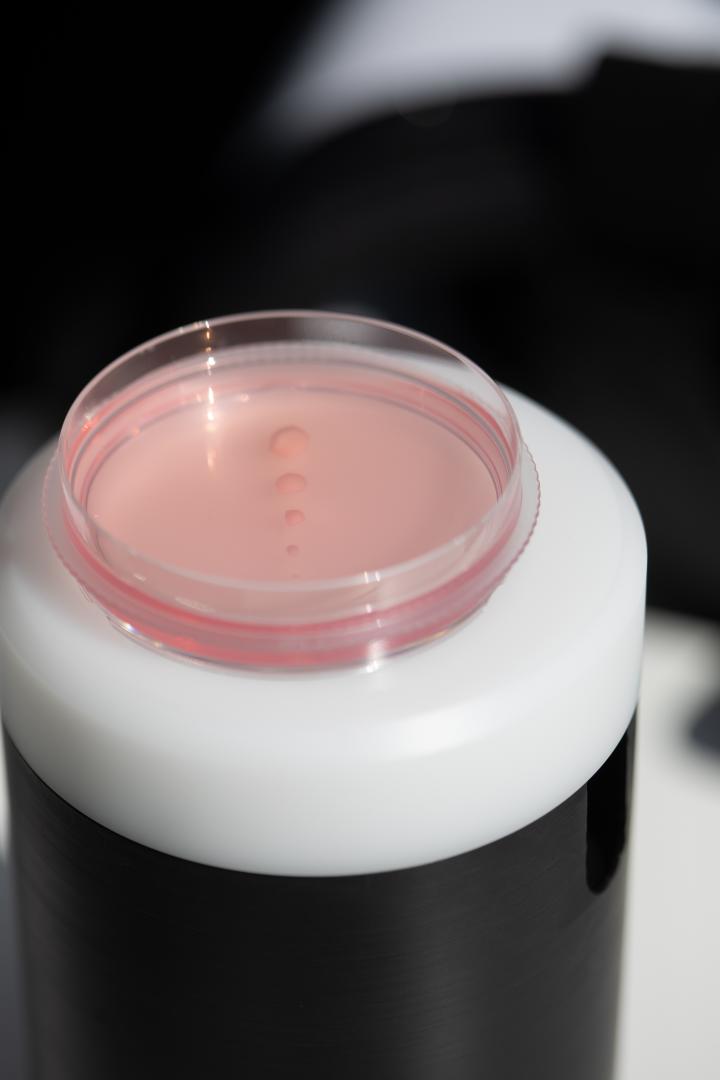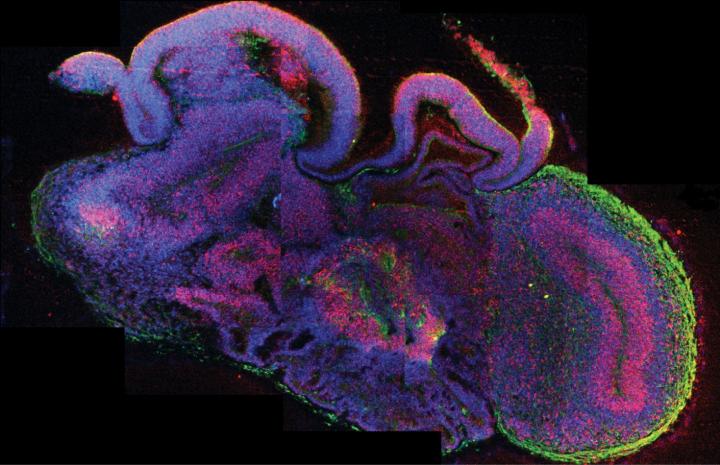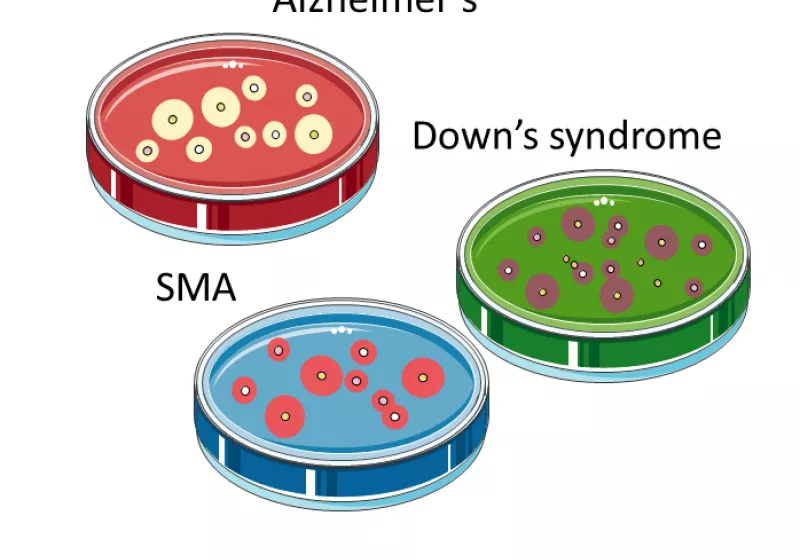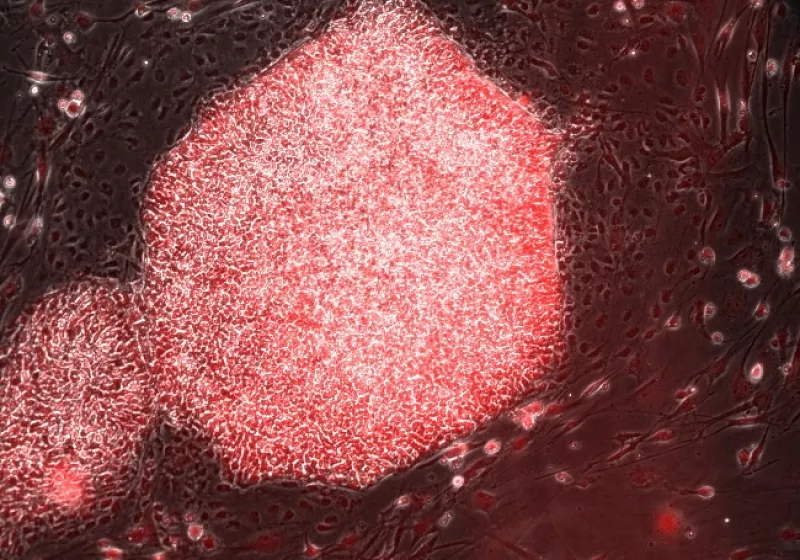Research on stem cells and developmental biology has made it possible to grow small, 3D tissue structures called organoids in the laboratory. Scientists have created organoids that closely resemble many different organs. These include the liver, kidneys, and brain. What do researchers learn from growing organoids? How do they help regenerative medicine?
What do we know?
Obtaining human tissue to study organ development and diseases can be difficult. This is usually due to limited availability or ethical concerns. Organoids provide researchers with alternatives and opportunities for conducting this research.
Researchers can use organoids to study the complex arrangements and interactions of cells in three-dimensions. This is not possible with most other experimental models.
Organoids are already being used to study diseases, discover new drugs and learn how cells assemble into organs.
What are researchers working on?
Researchers are exploring how to generate organoids for a wide variety of human tissues. Procedures for growing organoids are still in the early stages of development. Many tissues have yet to be successfully grown as organoids in the lab.
An essential part of growing organoids organoids in laboratories is determining the necessary growth conditions. This can include physical structures to grow on, external growth factors, and nutrients.
Organoids are being examined for their potential act as a source of healthy cells and tissues for transplant and regenerative medicines.
Organoids can be grown directly from tissue from individual patients. Notably, they can be grown from tumour samples from patients with cancer. This gives clinicians a way to directly compare healthy tissue and cancer tissue from the same organ, in the same individual.
These organoids derived from a patient’s own tissue samples can be a tool for personalised medicine. They can be used to test a medicine before administering it to the patient. Scientists are investigating whether organoids can also be made from patients' induced pluripotent stem cells (iPSCs) to support this testing.
What are organoids?
Organoids are groups of cells grown in laboratories that have organised themselves into structures that resemble different organs. The name “organoid” actually means, “organ-like”. In many cases, the cells and cell structures give organoids abilities that are similar to the organ they resemble. For example, brain organoids develop layers of actively signalling nerve cells (neurons) and even distinct ‘brain regions’ that are similar to the distinct regions of the human brain.
Researchers are currently able to grow organoids which closely resemble some aspects of organs. Still, they are certainly not the same as a fully mature organ. Intestine organoids have many cell structures that resemble parts of the intestinal lining. However these organoids are typically the size of a pea - nowhere as large or as complex as our intestinal tract. Though they may be small, and only have some similarities to full organs, researchers are learning a great deal from organoids. Many researchers believe organoids are the ‘next generation’ of biological tools for research, drug discovery and medicine.
How are organoids made?

Cerebral organoids in a petri dish (Image copyright: Sandra Schartel, Institute of Molecular Biotechnology)
Stem cells are the starting point for growing organoids. Researchers use different types of stem cells depending upon what type of organoid they are trying to make.
Many different types of stem cells have been used to grow organoids. Pluripotent stem cells, - both embryonic stem cells (ESCs) and induced pluripotent stem cells (iPSCs) - and multipotent cells – tissue stem cells, or adult somatic stem cells (ASCs) - have produced successful organoids.. Different stem cells have different abilities, limitations and requirements for growing.
To grow organoids, researchers provide stem cells with specific growing conditions. This which may require precise nutrients, growth factors, signalling molecules and physical environments (such as protein material to grow on). Often procedures for growing organoids require adding components in a particular order and at specific times. The growing conditions allow the stem cells to multiply and change (‘differentiate’) into the many types of cells present in the real organ.
The cells within organoids organise themselves into tissue-like structures. For example, kidney organoids have cells that behave like typical kidney cells and are organised to form ‘tubules’ just like those found in kidneys.
The hardest part of making an organoid is figuring out the precise conditions that stimulate and promote the stem cells. This is not a simple task. It often takes years of research to accomplish. Once the correct conditions are provided, the stem cells multiply, differentiate, make cell-based structures and ultimately form the organoids all on their own.
What do organoids tell researchers?

A cross-section of a cerebral organoid (Image copyright: Madeline Lancaster)
Researchers are creating and using organoids for several reasons.
The first step in organoid development is to create an organoid which is as similar as possible to a real organoid, in terms of cell composition and function. This s process allows researchers to learn what external factors direct different stem cells to make specific organs during growth and development. This can be used to learn about ‘normal’ developmental processes. However, this is just the beginning.
Once researchers have demonstrated that an organoid closely resembles a particular organ, they can use that organoid to study many other aspects of organ development. These include disease, cell signalling and more. In addition to external signals stem cells receive, researchers are studying the many internal signals, proteins and genes critical for the cells to create a whole organ. These factors are important when trying to understand how a mutation in a gene might lead to a genetic (inherited) disorder.
As anexample, a study of intestinal organoids created from six individuals with an intestine disorder (multiple intestinal atresia) has lead to the discovery of a gene important for intestine formation. The study showed that all six patients carried mutations in a single gene. As a result, their intestinal stem cells were unable to produce ‘healthy’ organoids in the lab. Researchers were able to determine what signalling pathway the mutated protein affects in stem cells.
Organoids are also allowing researchers to study infectious diseases in ways that were previously not possible. Brain organoids have been used to study how the ZIKA virus affects brain development and causes microcephaly This is not possible to study with human brain tissue, for obvious ethical reasons. In other cases, organoids are offering opportunities to study infections by viruses, bacteria and parasites. Just one example of this is the study on the life cycle of the parasite cryptosporidium, which causes the diarrheal disease commonly called “Crypto”. Organoids are proving to be very helpful in discovering many different aspects of human development and disease.
Find out more
The Ethics of Brain Organoids - interview with bio-ethicist Sarah Chan
Sanger Institute - Organoids: Cancer in 3D – a YouTube video on cancer organoids
ISSCR – Organoids: What is the Science and What are the Clinical Applications? – a YouTube video of a lecture on brain organoids
TEDx Talk – How We Are Growing Organs in the Lab? – a YouTube video by Dr Jim Wells
ASCB – What’s it all about? Organoids – an article on organoids by the American Society for Cell Biology
HSC – Organoids: A new window into disease, development and discovery – an article on organoids by Harvard Stem Cell Institute
Use and application of 3D-organoid technology – A short review of scientific literature that discusses organoids and their use in research and medicine




